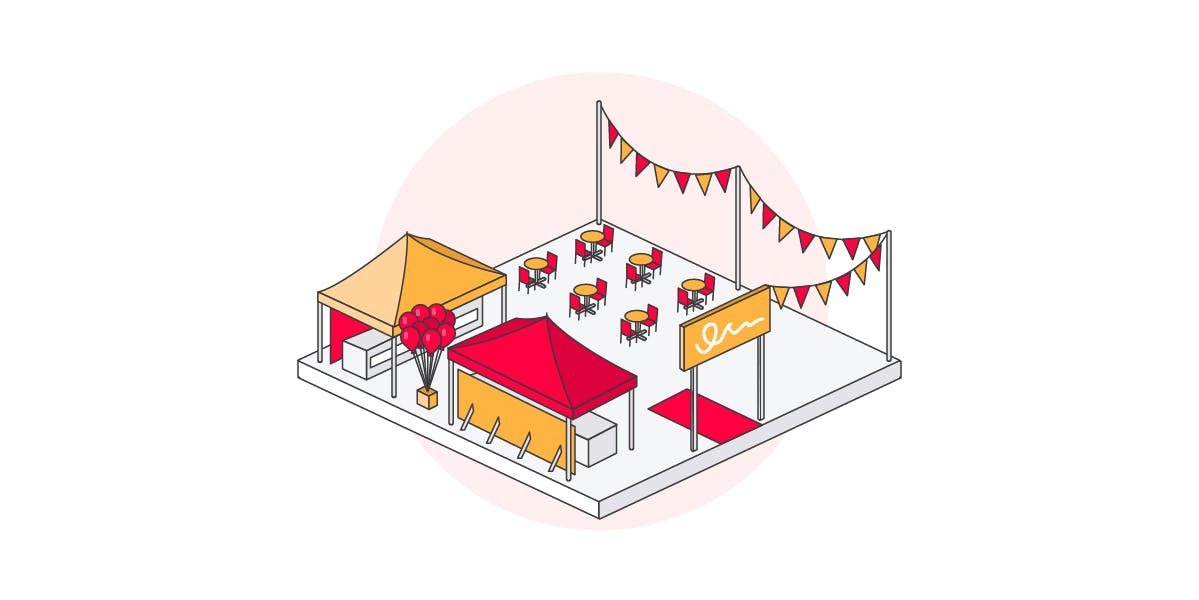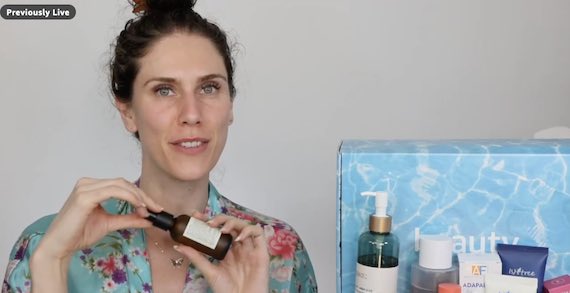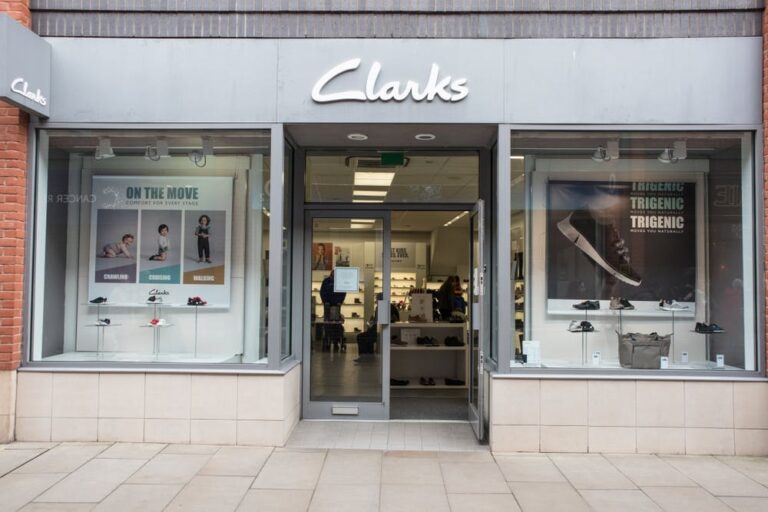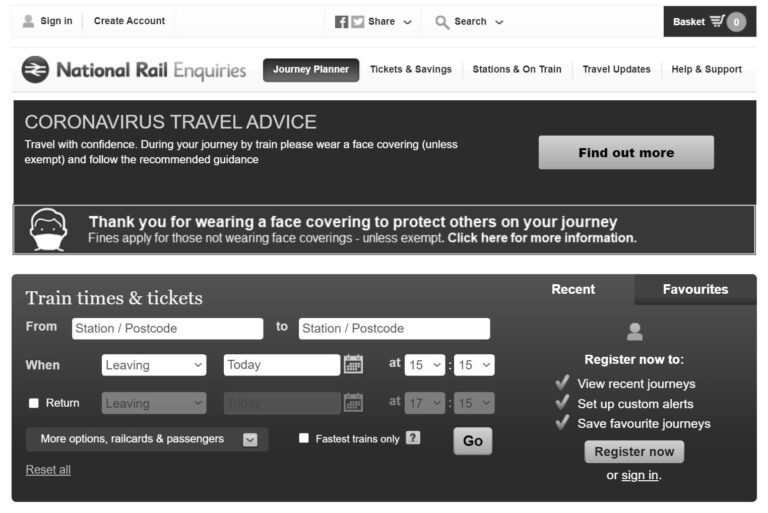
Social media continues to influence buying behaviour. According to 2021 research from Bazaarvoice, 23% of UK shoppers use social media to discover and purchase new products. At the same time, 40% of shoppers say they won’t make a purchase if there isn’t user generated content on the brand or retailer’s product page, again highlighting the extent to which social content can drive ecommerce.
How cool is this Deep-screen advertising creative from Balenciaga and Fortnite / now on rotation at Piccadilly Circus? pic.twitter.com/vW9vVxxZ51
Hybrid experiences in the metaverse
3D billboards also enable brands to drive similar engagement, transforming otherwise passive or humdrum everyday experiences into something more memorable. One example of this comes from Balenciaga, which teamed up with Fornite last year to create immersive 3D billboards in London, New York, Tokyo, and Seoul.
Another social media platform to move offline is TikTok, which also made an appearance ‘IRL’ last year with its TikTok For You House – an experiential pop-up in Westfield London shopping centre. Designed in a house-style format, the TikTok experience enabled visitors to interact and learn from popular TikTok creators, re-creating viral recipes in the kitchen and showcasing fashion in the dressing room. While there was no shopping element involved, the experience was designed to drive footfall to Westfield post-pandemic, while also enabling TikTok to engage with existing users and attract new ones to its platform.
The limit on ‘live experiences’ during the past two years has already given way to virtual and hybrid experiences, which combine real-life social interaction with digital elements. At the same time, we’ve witnessed the emergence of the ‘metaverse’, or at least a more fleshed-out concept of a new immersive digital environment where these interactions take place. This could create opportunity for new brand experiences, with the fashion industry in particular already taking advantage.
With consumers eager for in-person experiences, brands are cashing in on the so-called ‘experience economy’ in more ways than one. While experiential and events activity is typically about brand perception and recall, brands are also generating direct revenue from paid-for experiences.
Paid-for experiences that drive positive engagement
But is this type of paid-for experience a commercially viable business, or actually another strategic type of experiential marketing? Interestingly, research suggests that by being ticketed, paid-for events can have a positive effect on consumer’s perception and engagement.
Evidence of this comes from the upcoming Metaverse Fashion Week, which will see global brands including Hugo Boss stage virtual fashion shows, as well as virtual after-parties and other immersive experiences (such as live music performances). Hosted by metaverse platform Decentraland, it’s expected that virtual visitors will be able to buy the digital wearables featured on the catwalk, as well as real-life designs and NFTs.
This also demonstrates how intertwined the two worlds of social and retail have become, which has led to an increasing number of partnerships between social platforms and retail brands. These are usually online, of course, but we are seeing brands partner with social media companies on experiential marketing. One recent example of this is Argos, which has partnered with Pinterest to launch ‘The Argos Mood Hotel’ – an initiative it describes as “a world-first concept hotel curated using interior design products from the high street brand, based on the hottest interiors trends emerging from Pinterest’s annual trends report.” As well as visiting in real life, the hotel can also be experienced virtually via 360-degree video and shoppable digital formats, which can be accessed on Pinterest as well as Argos’ social media channels.
In December 2021, Bombay Sapphire took over three window displays in New York’s Soho district, using them to showcase holiday-inspired fashion, art, and live dance performances. Additionally, each window included a QR code that enabled passers-by to redeem a free drink at a nearby participating restaurant, ensuring that those who engaged with the billboard felt surprised and rewarded, and most importantly, received an experience that they would remember.
But post-pandemic, is experiential strategy the same? Here’s a look at how companies are attracting people IRL, and some trends driving the industry.
Companies are ramping up investment in experiential marketing, as consumers crave in-person experiences. According to AnyRoad, 81% of brands say their event and experiential budgets will “match or exceed” pre-pandemic levels in 2022.
Hasbro’s ‘Monopoly Lifesized’ is one example – it is an immersive live-action experience that combines elements of the Monopoly board game with escape rooms and challenges. Commenting on the launch, David Hutchinson, CEO of Gamepath, said: “For us, Monopoly Lifesized represents a major entry into a growing and exciting marketplace. Audiences want to consume live performance differently, and what better way than to jump into a lifesized version of the world’s favourite board game?”
Last week I got to play @monopolyldn and visit @TopHatLDN #prexperience #monopoly #london pic.twitter.com/GnpsFSJ0Cf
Social media IRL
As well as the live-action experience, the 22,000 square foot space (which is located in the former Paperchase on London’s Tottenham Court Road) also includes a Hasbro retail outlet and Monopoly-themed bar and restaurant called Top Hat, a good example of the evolution of retail space in the past two years.
With more fashion brands expected to invest in the metaverse, and the likes of Gucci already releasing digital items, the virtual fashion week is a way for brands to test the water (and pique consumer interest in digital fashion).
A study undertaken by creative agency Imagination – which looked at 40 paid-for experiences and 30,000 data points – found that paid-for experiences achieved double the rate of brand and product mentions compared with free experiences. What’s more, the study also found that 17% of conversations around paid-for experiences were recommendations compared with just 1% for a free experience.
— James Herring (@itsjamesherring) September 23, 2021
OOH becomes more interactive than ever
Overall, the study found that paid-for experiences drive deeper engagement, higher quality leads, are more valued by customers, and brings customers closer to the product (driving more mentions of a brand or product). This is because, as the study concludes, by paying for an experience “people are shifted into a different mindset – they have invested in the experience and are more willing and open to engage, to be entertained, to learn something new.”
Speaking about the partnership, Sibylle Tretera, Head of Creative Strategy for Pinterest explained how the brand experience aims to transform passive social browsers into active shoppers. “This innovative approach from Argos explores the ways people are using the platform and brings to life the very trends people are searching for, making it easy for home decor fans to take action on their creative ideas,” she said. Indeed, by giving shoppers a real-life version of an online mood board, the idea is that they are more likely to be inspired to buy – and continue using Pinterest as a source of product discovery.
With the lines between online and physical worlds becoming increasingly blurred, we are likely to see more brands take a hybrid approach to experiential in future.
— Eat Play London (@eatplaylondon) March 2, 2022
OOH advertising is designed to stop people in their tracks with big, bold, and powerful creative. With consumers often bombarded with messages, however, it can be difficult to cut through the noise and truly grab attention. Consequently, more brands are incorporating experiential strategies into OOH advertising, combining immersive elements with clever marketing to generate engagement and create memorable experiences.






